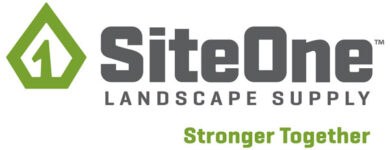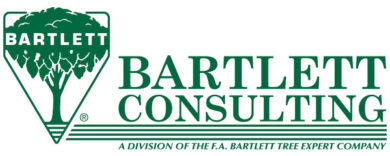State of the Industry 2010, part 2
Part one of our annual “State of the Industry” report focused on the landscape industry with input from the Professional Landcare Network (see January Landscape and Irrigation, page 10). For part two, we are focusing on the state of the irrigation industry and have asked leaders at the Irrigation Association (IA) for an overview of the industry as well as an outlook for the year to come.
Landscape and Irrigation: What would you like irrigation professionals (turf and landscape) to know about the Irrigation Association as we head into 2010?
Irrigation Association: In 2008 and 2009, IA made significant investments in government relations. As our program matures in 2010, we will continue to diligently work on national issues that have the potential to impact the entire irrigation industry. One such example is the development of working, long-lasting relationships with federal agencies, which have programs in place that directly influence the future of irrigation systems. Examples include the U.S. Environmental Protection Agency (EPA), the National Resources Conservation Service and the U.S. Bureau of Reclamation. Additionally, we strive to be a resource for state and local issues, but also rely on members to keep us informed. Once issues have been identified, we evaluate current resources to see how to best achieve a noticeable impact. We are convinced that throughout 2010 and beyond, professionals that adopt IA’s mission statement of “promoting efficient irrigation” and truly deliver efficient irrigation, whether it is through design, installation, maintenance or management, will be successful.
LI: the economy is the biggest issue for everyone in every industry. How have professionals in the irrigation industry been dealing with the economy, and what trends have emerged from dealing with this difficult economic landscape? Also how are industry professionals moving forward and positioning themselves and their companies for a better future?
IA: A couple of trends are emerging. One is obtaining the knowledge and skills to utilize alternative water resources. This becomes specialized depending on the area being serviced, but water harvesting for landscape irrigation is a growing segment. Another emerging trend is highlighting water management as a core product of services provided. Additionally, there has been a recent push to upgrade and retrofit existing irrigation systems to improve performance and thus reduce the amount of water being used to maintain the landscape.
LI: Beyond the economy itself, what are some other key issues that will be at the forefront for irrigation professionals in 2010?
IA: Water conservation is always an issue where demand exceeds supply, but in all places of the country we will see more attention to water quality and how landscape management, including implementing efficient irrigation, can impact the local watershed.
LI: There has been an increased push for “green” practices, water efficiency, sustainable initiatives, etc. Yet there have also been concerns raised over programs like EPA’s WaterSense becoming too aggressive or too “one-size-fits-all.” What would you like industry professionals to know about WaterSense? How can industry professionals help influence policy regarding water management? And what do you recommend to irrigation professionals in terms of enhancing and promoting water efficiency within the overall scope of their existing business model?
IA: Irrigation contractors who hold IA certifications are eligible to become an EPA WaterSense partner. The WaterSense partner program creates a number of opportunities for irrigation contractors, including those associated with the WaterSense specification on single-family new homes. We encourage IA members who are WaterSense partners to collaborate with developers, builders and landscape companies to increase the understanding of how to comply with the new specifications. The most amicable and affordable option, the Water Budget approach, may seem complicated, but it works well as a planning tool and is useful in determining what the landscape will look like, while still allowing creative expression. IA will continue to work with industry partners to find better methods for future iterations of the specification, and will continue to have productive dialog with the EPA.
LI: What areas of advancement in the industry are you most pleased with? And what areas need to improve?
IA: The industry has seen advancements in the manufacturing of nozzles that have the potential to greatly improve sprinkler uniformity when installed correctly. The new generation of Smart controllers has shown tremendous growth and innovation. One of IA’s key initiatives is its Select Certified program. Having and creating demand for qualified professionals is always a priority. IA Certified Irrigation Contractors illustrate their commitment to skillful installation and maintenance. This is a standard that we’re hopeful will continue to be upheld in the industry and beyond.
LI: What one other piece of advice would you give to irrigation professionals in 2010?
IA: In 2010, general business skills will be integral to navigating the current struggles of our country. This would be a good time to review mission statements and confirm that current business practices are in alignment with missions and goals.
LI: What is your boldest prediction for 2010?
IA: The industry will continue to see challenges associated with drought and water-use regulations; however, the industry will step up to confront these challenges. The promotion and development of cutting-edge technology, such as climate-based and soil moisture-based Smart controllers, will continue to draw attention in 2010.


